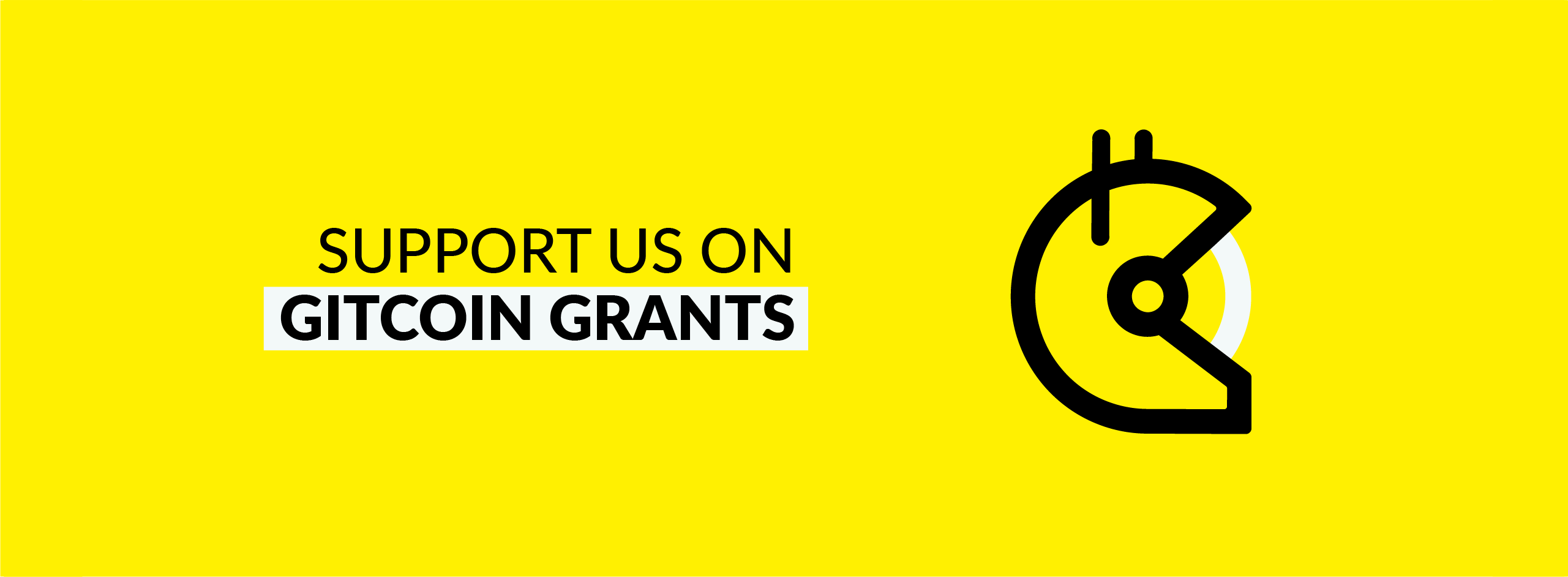Blur Introduces Blend NFT Lending Protocol
Monday, May 1, 2023

Quick Take
- Blur launches Blend, a perpetual NFT lending protocol.
- EigenLayer opens applications for early restakers.
- Synthetix creates a dedicated IPFS cluster.
- Momoka surpasses 20,000 transactions.
Support ETH Daily in the Gitcoin Grants Beta Round!

Blur Introduces Blend NFT Lending Protocol
NFT marketplace Blur introduced Blend, a perpetual borrowing and lending protocol for NFTs. Blend allows users to borrow against their NFTs without a specific maturity date for repayment. Liquidity providers can offer loans to specific NFT collections and earn yield throughout the duration of a loan until it is completely repaid.
If a liquidity provider wishes to end a loan, they can initiate a 30-hour auction. During the auction, the interest rate will increase in an effort to incentivize another liquidity provider to refinance the loan. If the loan fails to be picked up by another liquidity provider, Blend will deem it insolvent, allowing the lender to take possession of the NFT.
Blend currently offers zero fees for borrowers and lenders, however, BLUR token holds can vote to turn on fees. Unlike pool-based NFT lending platforms, Blend is peer-to-peer and matches borrowers to a specific lender. Blend is also Oracle-free since it doesn’t use an NFT’s price as a trigger for liquidation.
EIP-4844 Implementor Call Recap
In this week’s EIP-4844 implementor call, core developers discussed EIP-6475, an EIP that introduces a new Simple Serialize (SSZ) type to represent optional values. The EIP is slated to be included in the Cancun upgrade. EIP-6943, a related EIP that defines a signature scheme for SSZ, will likely also be included in Cancun.
Ethereum’s execution layer uses a Recursive-Length Prefix (RLP) serialization scheme whereas the consensus layer uses a Simple Serialize (SSZ) scheme. Developers are considering the implications of adding a new scheme, such as compatibility with the previous transaction type. Terence.eth says discussions led toward reverting to an RLP scheme until a proper path to “SSZ-everything” is developed.

EigenLayer Early Restaking Application
EigenLayer, a restaking protocol, is now accepting applications for early restakers who are interested in participating during a phase 1 mainnet launch. The mainnet launch of EigenLayer will occur in three phases. The first phase, which is restaking, is currently live on testnet and will be deployed to mainnet soon.
EigenLayer will then launch a testnet for phase 2, which adds support for operators, followed by a mainnet release. Lastly, EigenLayer will launch a testnet for Actively Validated Services (AVS) as part of phase 3, followed by a mainnet launch by the end of this year. EigenLayer says early restakers will have primary access to restaking on services that launch on the protocol.
Synthetix Creates Dedicated IPFS Cluster
Synthetix introduced the Synthetix IPFS Node, an IPFS cluster dedicated to front ends in the Synthetix ecosystem. In an effort to enable decentralized access to front ends, Sythetix says it is progressively moving from DNS and HTTP to ENS and IPFS for web hosting. Derivatives protocol Kwenta has already migrated to Kwenta.eth.limo. Anyone can run a Synthetix IPFS Node to support the decentralized hosting of Synthetix applications. Running a local node also helps load front ends faster for users.
Momoka Surpasses 20,000 Transactions
Momoka, a scaling solution by Lens Protocol, surpassed 20,000 transactions. According to data from Momoka’s block explorer, the network has spent less than $11 in transaction processing. Previously called Bonsai, Momoka is coined as an Optimistic L3 built on Polygon PoS that enables low-latency and low-cost transactions Momoka incorporates transaction bundling through Bundlr Network, a scaling layer built on Arweave. Phaver, Orb, and Lenster are currently live on Momoka. Anyone can become a verifier on Momoka by running an archive node.

